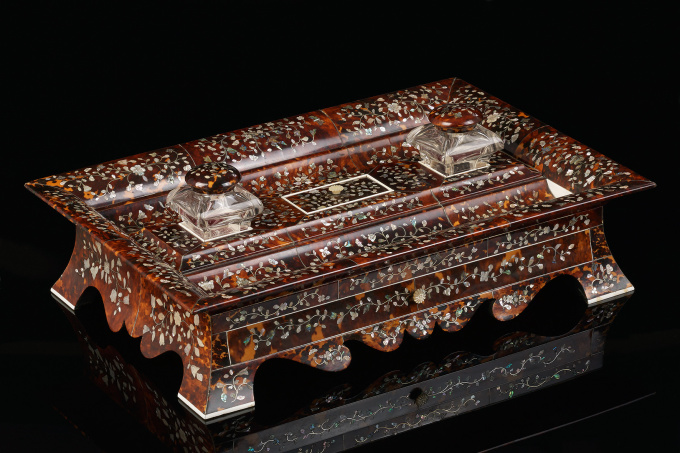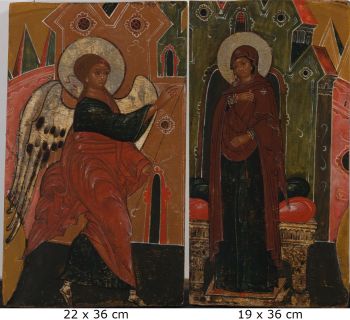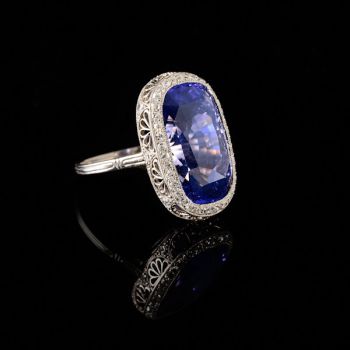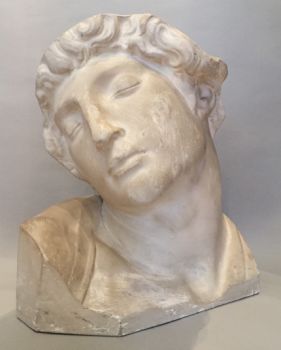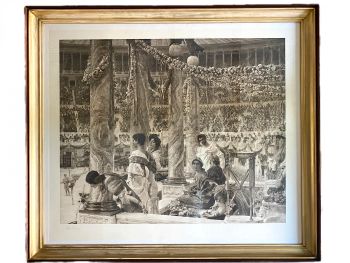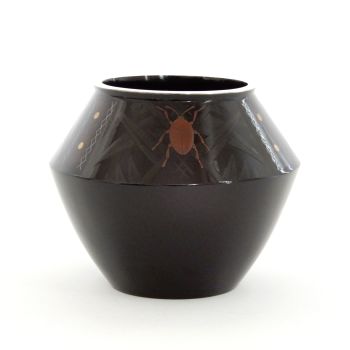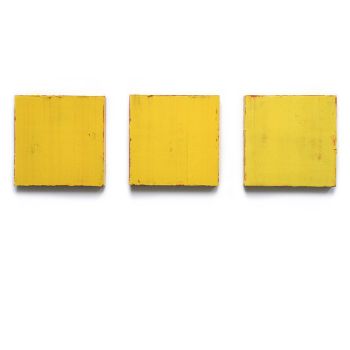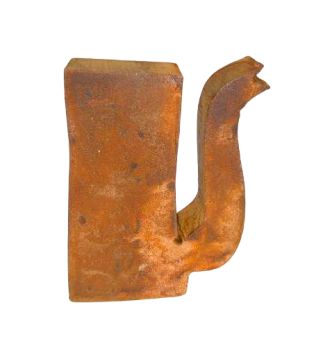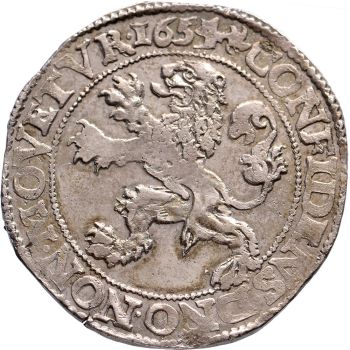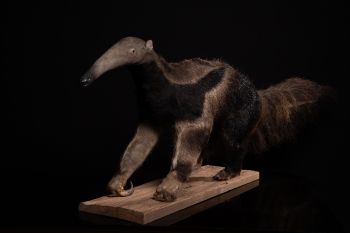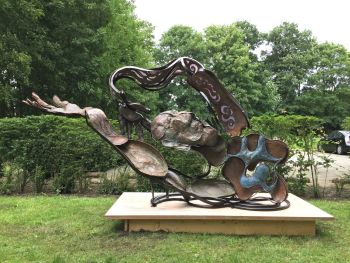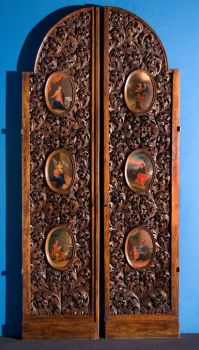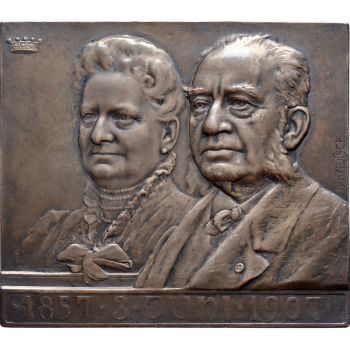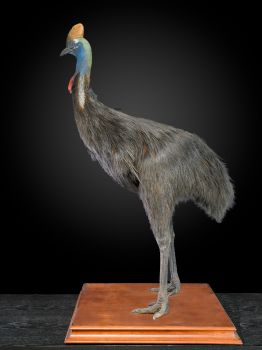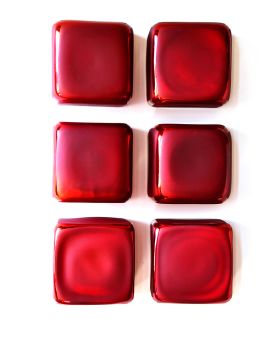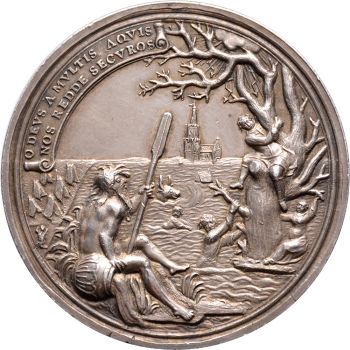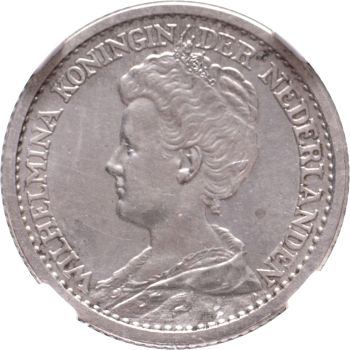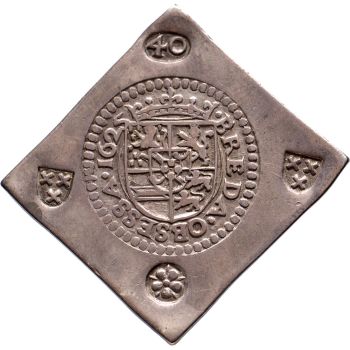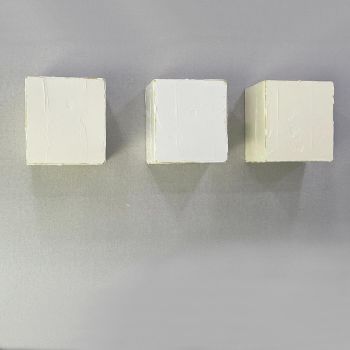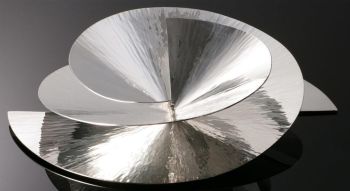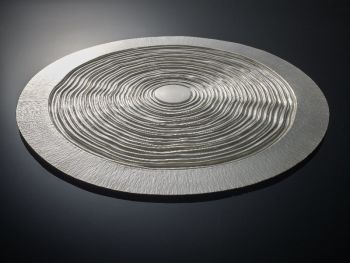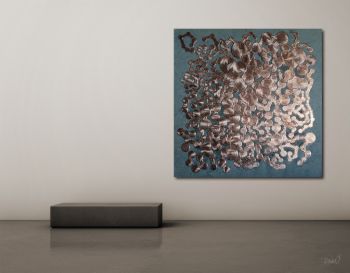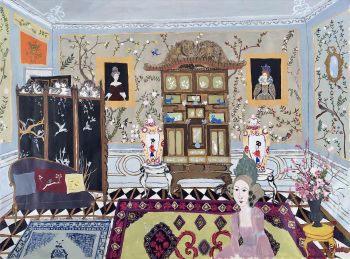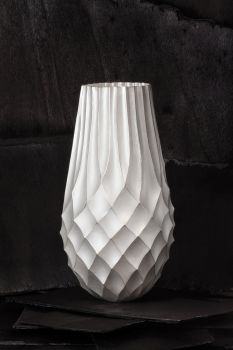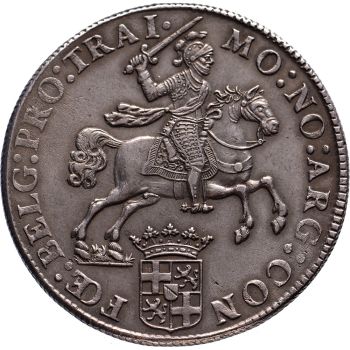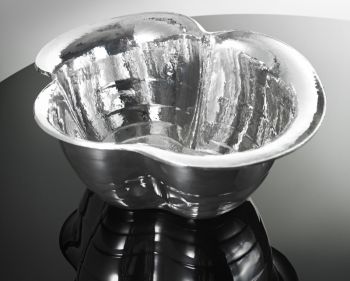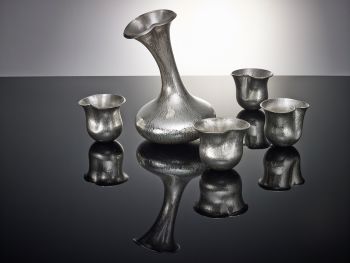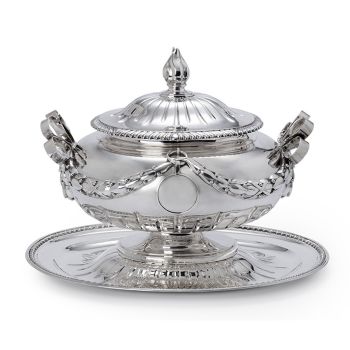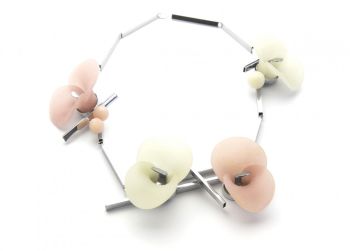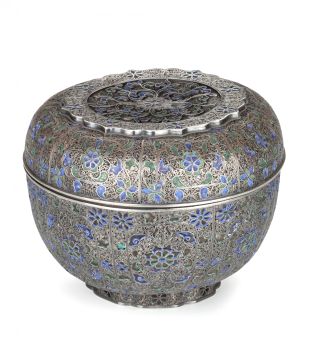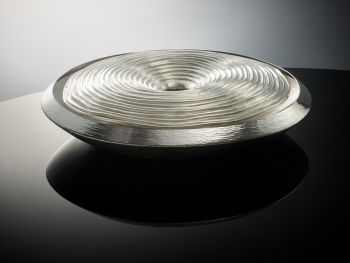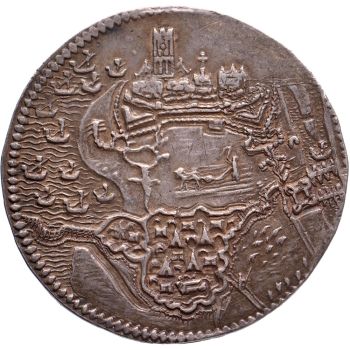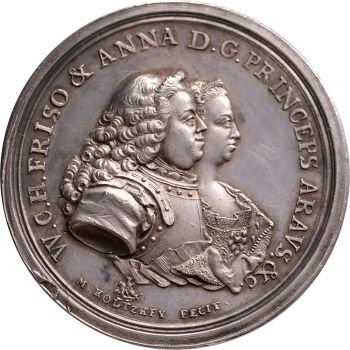Early Victorian Inkstand 1840
Artista Desconocido
Caparazón de tortugaPerlaMadre perlaPlata
11 ⨯ 45 ⨯ 30 cm
Actualmente no disponible a través de Gallerease
- Sobre la obra de arteA very fine early Victorian inkstand with a refined decoration of mother of pearl and silver on a background of tortoise shell. The inkstand contains two crystal inkwells with lids that match the overall decoration. In-between the inkwells sits a lidded compartment to store spare nibs. At the front a narrow drawer in solid mahogany with a mother of pearl knob shaped like a flower.
Commonly these type of objects did not bear a signature or marking. In London, however, a father and son firm called Thomas & William Lund of Cornhill, was established in 1804, that was renowned for its tea caddies, inkstands, and jewelry boxes. Their objects were characterized by their refined finishing with silver, tortoise, and ivory accents. Also, a great number of similar objects originated from Birmingham, where companies manufactured goods with mother of pearl inlay on a tortoise shell base, that were delivered to stores in London. Three of these companies presented their products at the Great Exhibition of 1851; Richard Peters & Son, H. Chatwin, and John Hayden, which corroborates these assumptions. - Sobre el artista
Puede suceder que un artista o creador sea desconocido.
Algunas obras no deben determinarse por quién está hecho o por (un grupo de) artesanos. Algunos ejemplos son estatuas de la Antigüedad, muebles, espejos o firmas que no son claras o legibles, pero también algunas obras no están firmadas en absoluto.
También puedes encontrar la siguiente descripción:
•"Atribuido a …." En su opinión, probablemente una obra del artista, al menos en parte.
•“Estudio de….” o “Taller de” En su opinión, una obra ejecutada en el estudio o taller del artista, posiblemente bajo su supervisión
•“Círculo de…” En su opinión, una obra del período del artista que muestra su influencia, estrechamente asociado con el artista pero no necesariamente su alumno.
•"Estilo de …." o “Seguidor de…”. En su opinión, una obra ejecutada al estilo del artista pero no necesariamente por un alumno; puede ser contemporáneo o casi contemporáneo
•"Manera de …." En su opinión una obra al estilo del artista pero de fecha posterior
•"Después …." En su opinión, una copia (de cualquier fecha) de una obra del artista
•“Firmado…”, “Fechado…” o “Inscrito” En su opinión, la obra ha sido firmada/fechada/inscrita por el artista. La adición de un signo de interrogación indica un elemento de duda.
•“Con firma…”, “Con fecha…”, “Con inscripción…” o “Lleva firma/fecha/inscripción” en su opinión la firma/fecha/inscripción ha sido añadida por alguien que no es el artista
Artwork details
Related artworks
Artista Desconocido
Anillo eduardiano con zafiro que cambia de color1910 - 1920
Precio a consultarAns Hemke-Kuilboer Juwelier & Antiquair
1 - 4 / 12- 1 - 4 / 24
Artista Desconocido
Japanese art deco lacquervase with Scarab beetle motif1920 - 1950
Precio a consultarDille Art
1 - 4 / 24- 1 - 4 / 8
- 1 - 4 / 24

